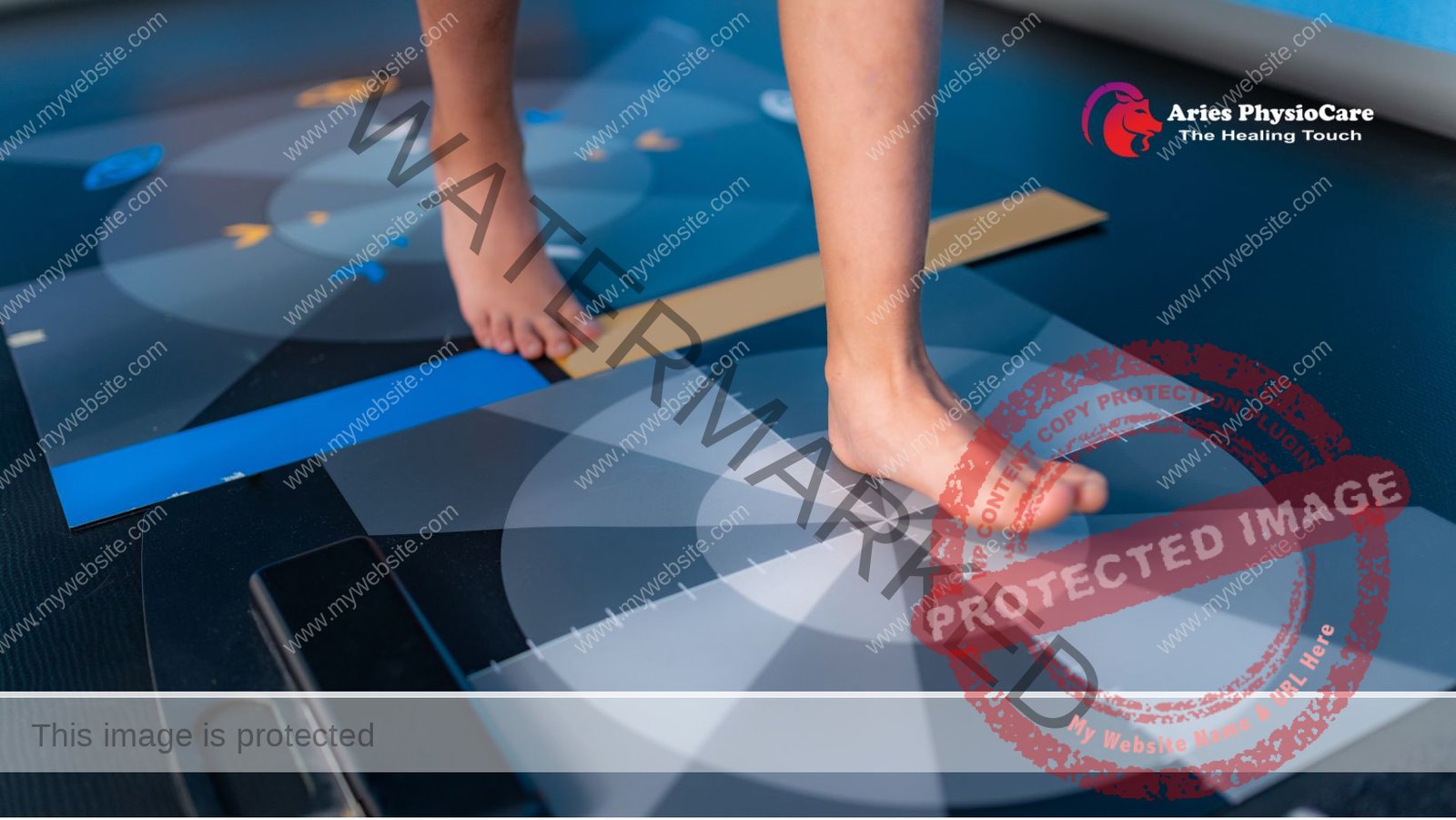Walking is a fundamental human activity that we often take for granted. However, for some individuals, walking can be a challenge due to various reasons such as injury, muscle weakness, or postural imbalances. Gait analysis and correction through physiotherapy can help individuals improve their walking patterns and regain their mobility.
What is Gait Analysis?
Gait analysis is a detailed assessment of a person’s walking pattern. It involves observing and analyzing the movement of the lower limbs, pelvis, and trunk during walking. By examining the individual’s gait, physiotherapists can identify any abnormalities or imbalances that may be contributing to pain, discomfort, or difficulty in walking.
During a gait analysis, the physiotherapist will assess various aspects of the individual’s walking pattern, including stride length, step width, foot placement, and the alignment of the lower limbs. They may also use specialized equipment such as pressure mats or motion capture systems to obtain more detailed information about the individual’s gait.
The Importance of Gait Correction
A normal and efficient walking pattern is essential for maintaining balance, stability, and overall musculoskeletal health. When there are abnormalities or imbalances in a person’s gait, it can lead to increased stress on certain joints or muscles, which may result in pain, discomfort, or even further injury.
Gait correction through physiotherapy aims to address these abnormalities and imbalances by improving the individual’s walking pattern. By targeting the underlying causes of the gait issues, physiotherapists can help individuals reduce pain, improve mobility, and prevent future injuries.
How Physiotherapy Can Help
Physiotherapy plays a crucial role in gait analysis and correction. A physiotherapist with expertise in gait analysis can assess the individual’s walking pattern and identify any areas of concern. They will then develop a personalized treatment plan to address these issues and help the individual improve their gait.
The treatment plan may include a combination of exercises, stretches, manual therapy techniques, and other modalities to address the specific needs of the individual. The physiotherapist will work closely with the individual to ensure proper technique and progression of the exercises and treatments.
Regular sessions with a physiotherapist can help individuals gradually improve their gait and overcome any challenges they may be facing. The physiotherapist will monitor progress, make any necessary adjustments to the treatment plan, and provide guidance and support throughout the rehabilitation process.
Why Choose Aries PhysioCare for Gait Analysis and Correction?
At Aries PhysioCare, we understand the importance of gait analysis and correction in improving mobility and overall quality of life. Our team of expert physiotherapists has extensive experience in gait analysis and correction and is committed to providing the best possible care for our patients.
When you choose Aries PhysioCare for gait analysis and correction, you can expect:
- Personalized treatment plans tailored to your specific needs and goals
- State-of-the-art facilities and equipment for accurate gait analysis
- Compassionate and knowledgeable physiotherapists who will guide you through the rehabilitation process
- Collaboration with other healthcare professionals, if necessary, to ensure comprehensive care
- Ongoing support and guidance to help you achieve long-term success in improving your gait
If you are experiencing difficulties with your walking pattern or have concerns about your gait, we encourage you to schedule a consultation with one of our expert physiotherapists at Aries PhysioCare. Our team is dedicated to helping you regain your mobility and achieve optimal gait patterns through personalized physiotherapy treatments.
Don’t let gait abnormalities hold you back. Contact Aries PhysioCare today and take the first step towards improving your gait and overall quality of life.

